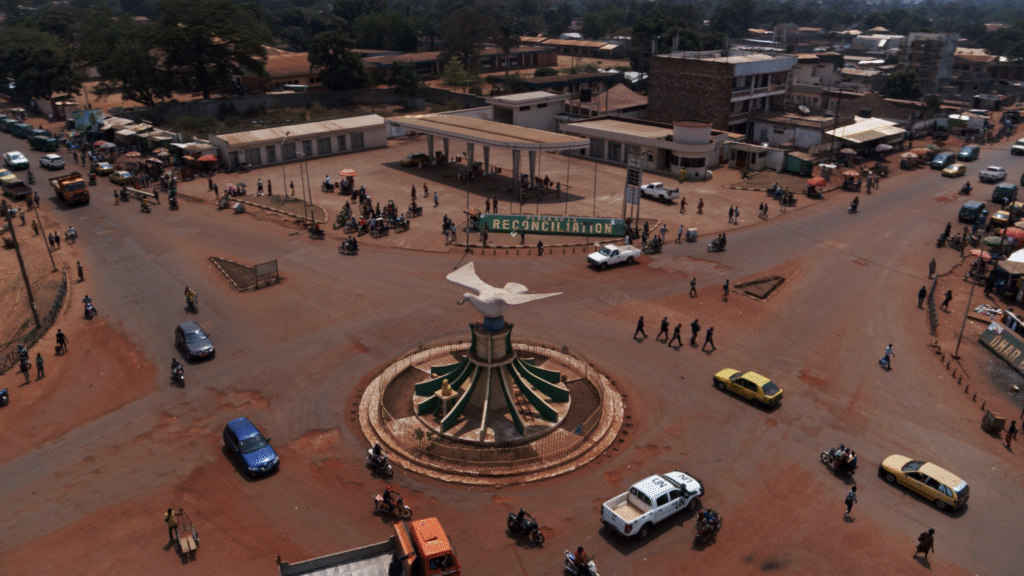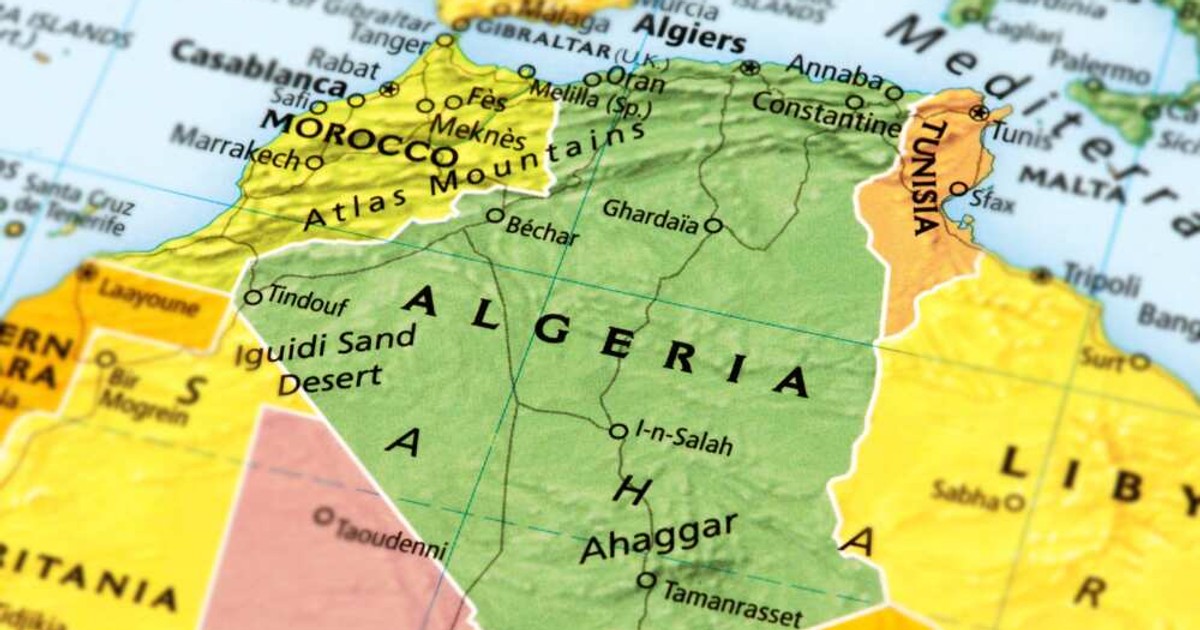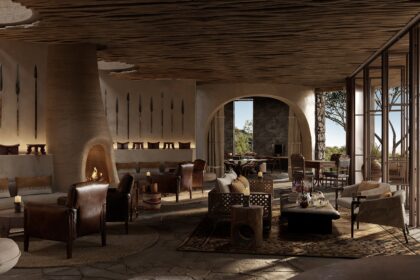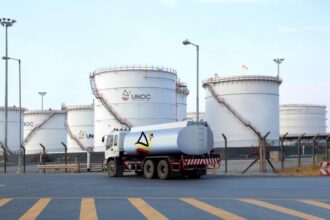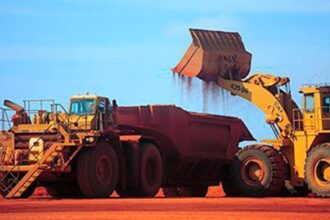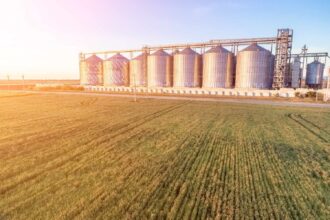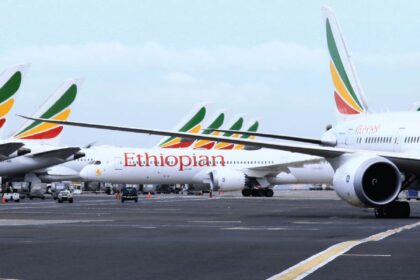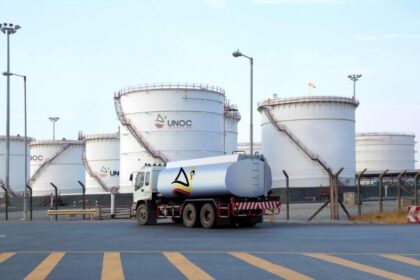At a Glance
- Africa’s largest nations hold over 42 million sq km, anchoring trade and energy prospects.
- Geography drives Africa’s leverage in food security, renewables, and industrial expansion.
- Algeria, DRC, and Sudan lead in landmass, resources, and regional influence.
Africa’s largest countries by land area reveal the continent’s vast scale and growing importance to the global economy.
From Algeria’s Sahara deserts to Congo’s rainforests and Angola’s Atlantic plains, Africa’s geography defines its political influence, natural resources, and future growth.
Together, the 20 largest African countries cover more than 42 million square kilometers. Their scale is not just physical, it informs their political leverage, environmental responsibility, and ability to shape conversations around food security, energy supply, climate resilience and industrial development.
Algeria leads the list with 2.38 million square kilometers, a nation defined by vast desert expanses, Mediterranean access and energy corridors that connect Africa to Europe.
Alongside Sudan, Libya and other land-rich states, it underscores a truth often overlooked: geography is not a backdrop; it is a strategic tool.
From nations rich in rainforest and river systems to those defined by desert and coastline, Africa’s largest countries show how space influences opportunity, challenges and long-term planning.
As global players, from investors to policymakers, deepen their interest in Africa’s markets and minerals, land is increasingly seen not just as territory, but as leverage.
It shapes agriculture, renewable-energy potential, trade routes, and resilience to climate change. The question ahead is how these countries turn size into shared and sustainable progress.
Shore Africa profiles Africa’s 20 largest countries by land area, and the roles they play in shaping the continent’s economic and environmental future.
1. Algeria — 2,381,741 sq km
Africa’s largest country, with the Sahara dominating its landscape and a valuable Mediterranean coastline. A key gas supplier to Europe and building capacity in solar and wind.
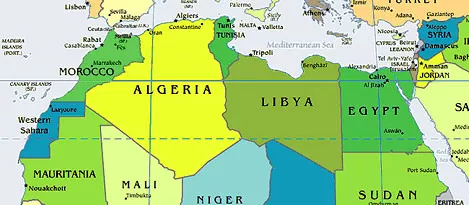
2. Democratic Republic of the Congo — 2,344,858 sq km
Home to major reserves of cobalt and copper, and one of the world’s largest rainforest ecosystems. Enormous hydropower promise through the Congo River, alongside ongoing governance hurdles.

3. Sudan — 1,861,484 sq km
Once the continent’s biggest state, now marked by fertile Nile regions and agricultural potential. Political instability continues to test progress.
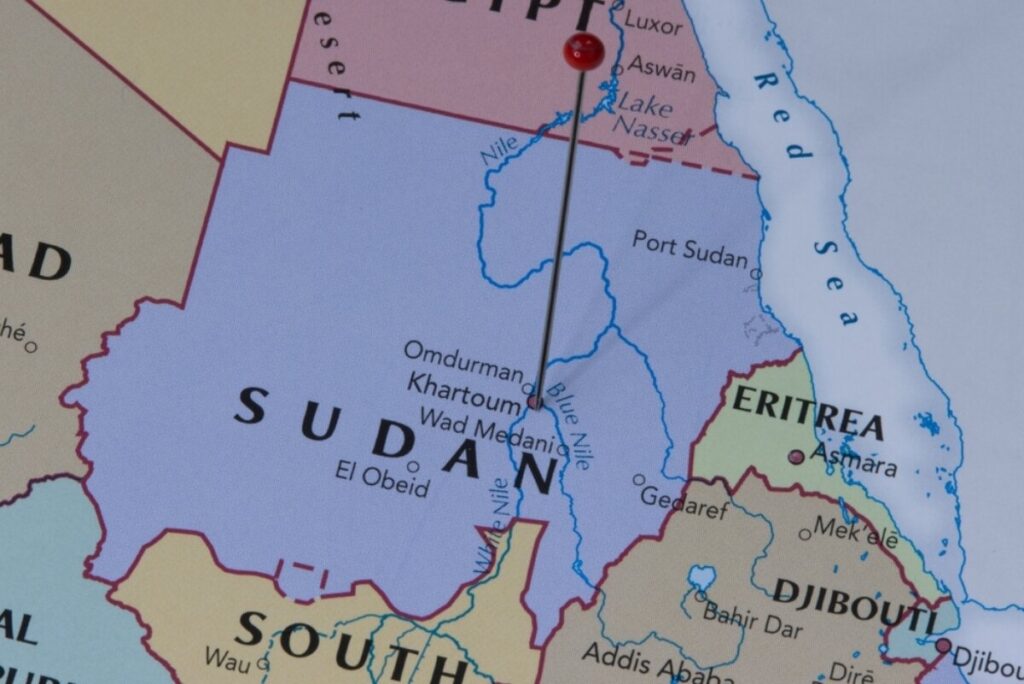
4. Libya — 1,759,540 sq km
A desert nation defined by oil wealth and strategic Mediterranean ports. Political developments will shape its future energy role.
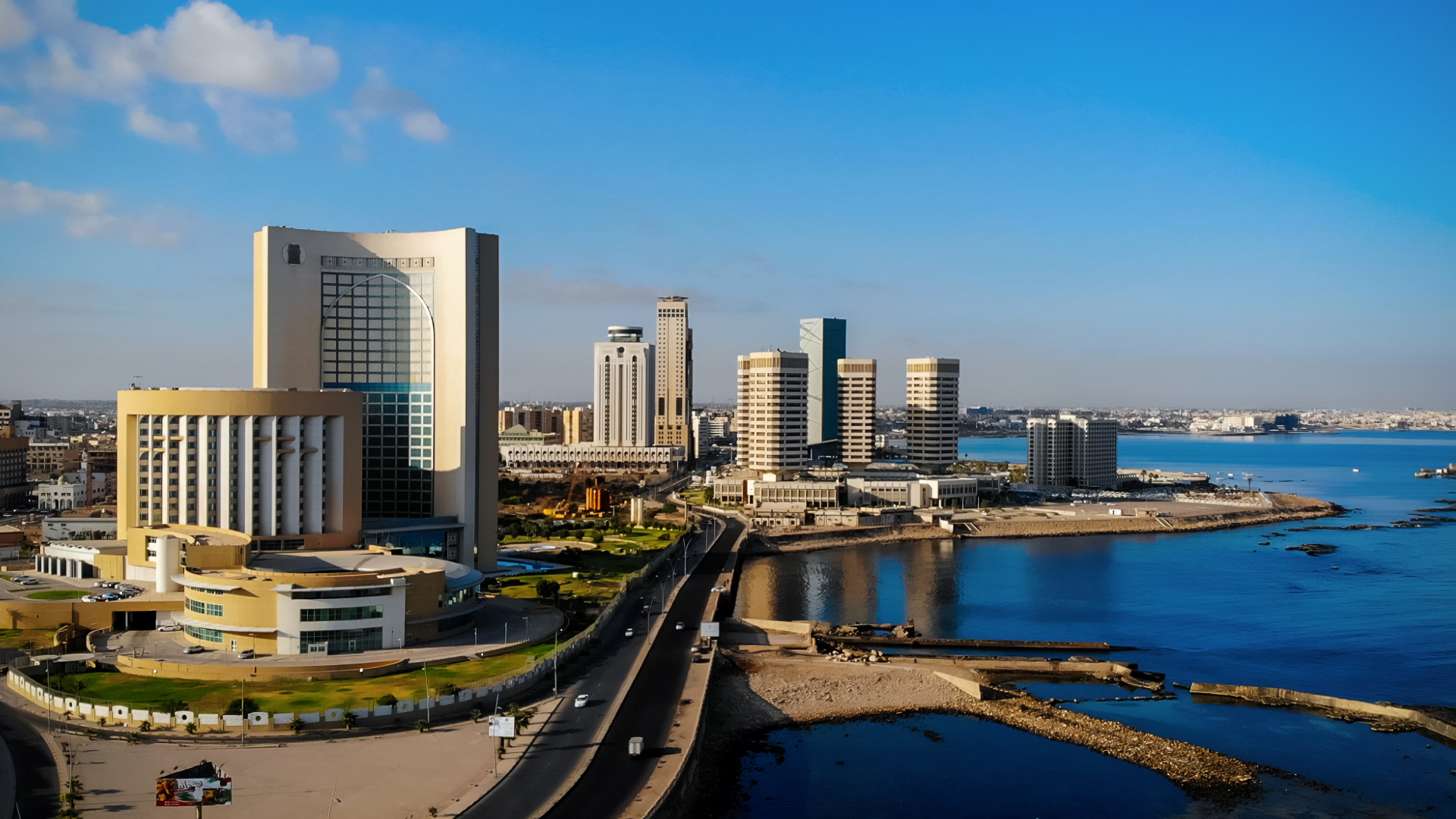
5. Chad — 1,284,000 sq km
Mostly desert and landlocked, yet gaining attention for energy prospects and its role in Sahel security partnerships.

6. Niger — 1,267,000 sq km
Uranium reserves, growing solar prospects and a strategic Sahel location. Confronts climate pressures and regional insecurity.
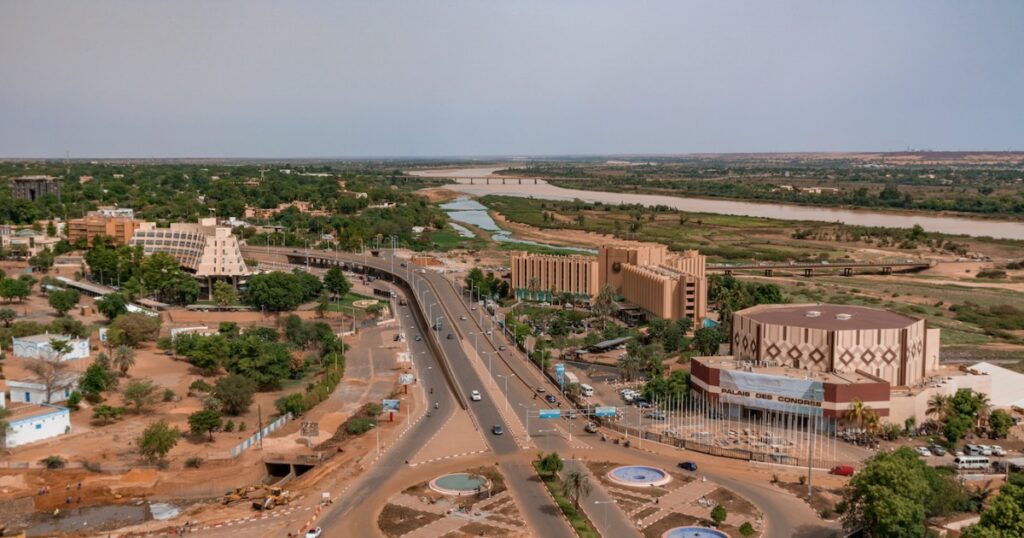
7. Angola — 1,246,700 sq km
Traditionally oil-focused, now broadening into mining, agriculture and logistics. Courting interest from global powers.
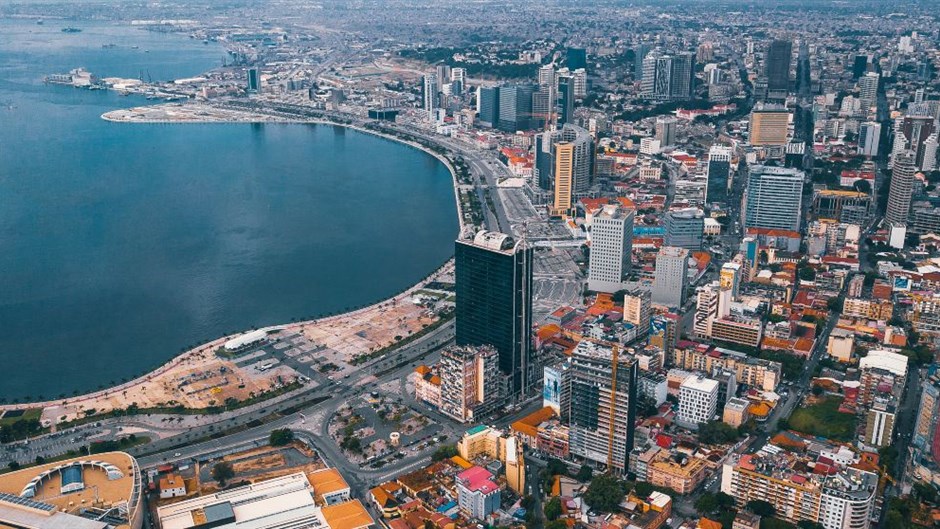
8. Mali — 1,240,192 sq km
Known for gold and deep cultural heritage. Security concerns continue to influence stability and investment.
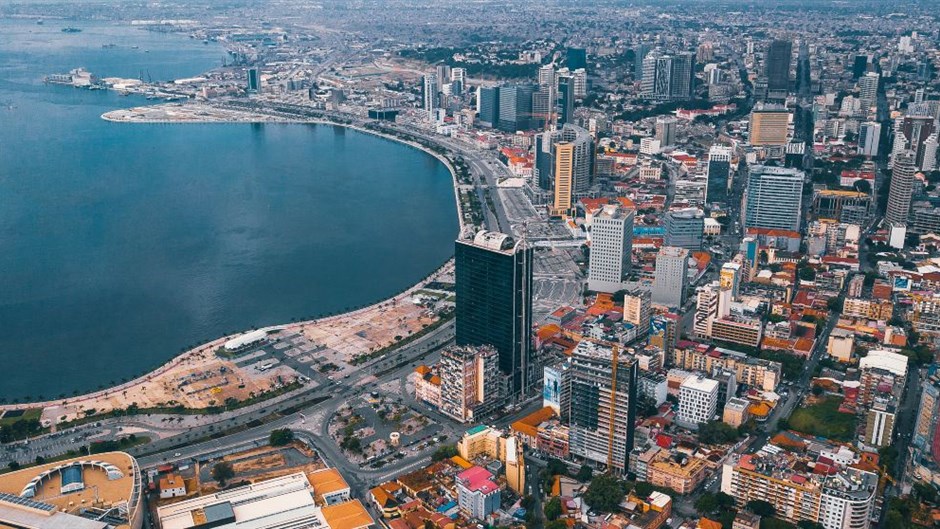
9. South Africa — 1,219,090 sq km
Africa’s most industrialized economy, with diverse landscapes and a strong mining base. Technology and renewable energy gaining ground.
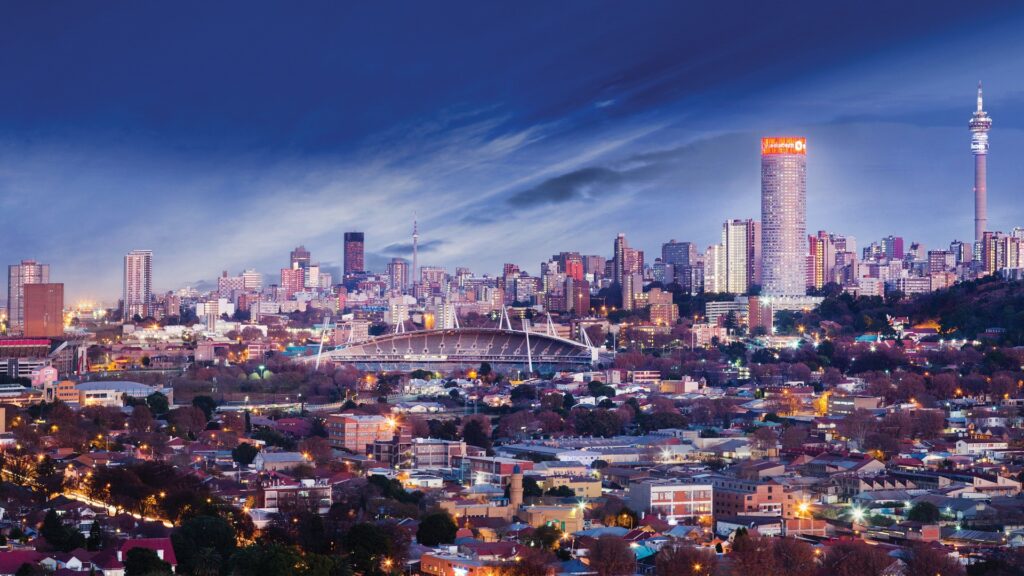
10. Ethiopia — 1,104,300 sq km
Large population and agricultural strength, expanding manufacturing and hydropower. Still navigating political reforms.

11. Mauritania — 1,030,700 sq km
Vast desert territory with fast-rising offshore gas prospects and growing importance along the Atlantic trade corridor.
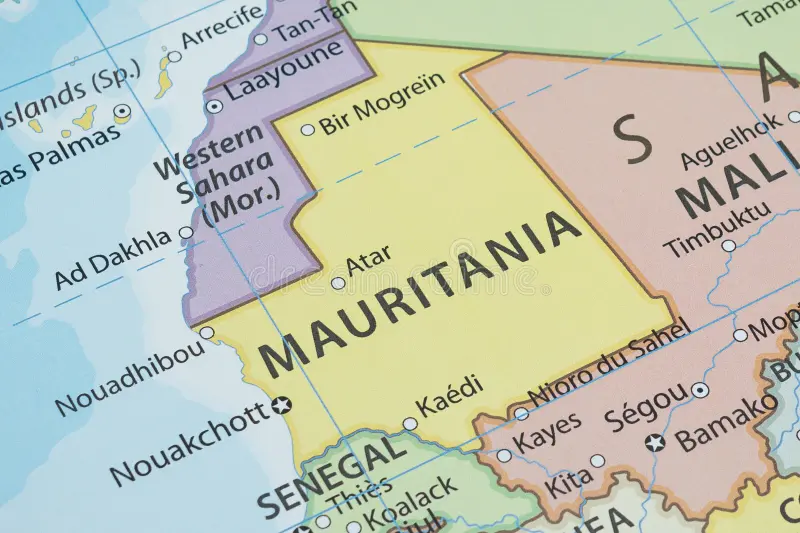
12. Egypt — 1,002,450 sq km
A regional anchor, home to the Suez Canal. Rapid urban projects and major renewable-energy ambitions underway.
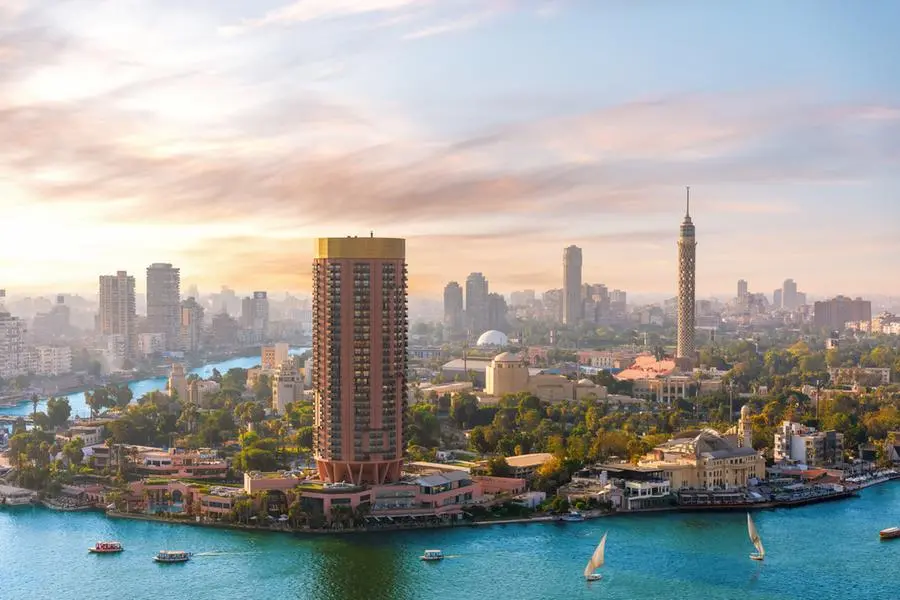
13. Tanzania — 947,303 sq km
Tourism, gas reserves and fertile land drive growth. Indian Ocean access enhances trade potential.

14. Nigeria — 923,768 sq km
Africa’s largest economy with huge population and resource wealth. Oil, agriculture and an emerging tech scene shape its regional role.
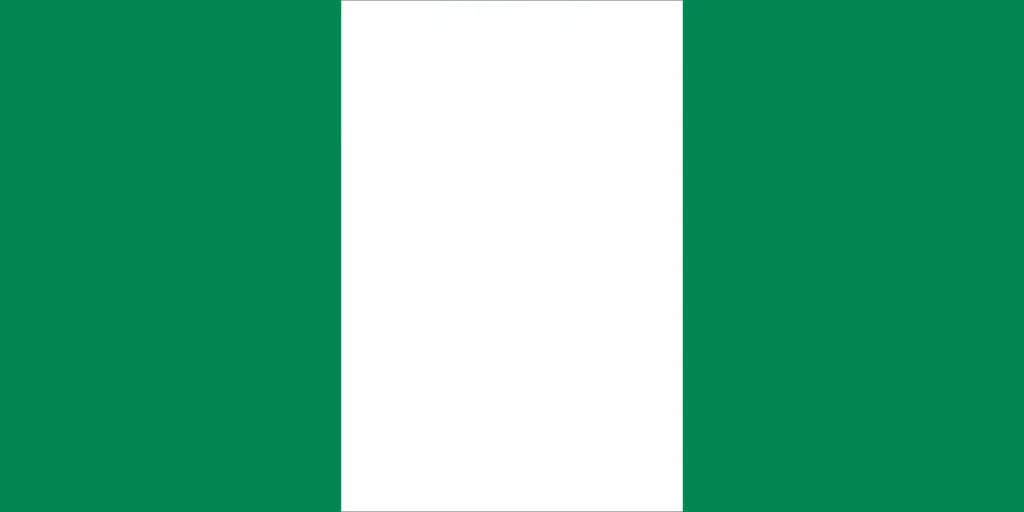
15. Namibia — 825,615 sq km
Sparse population, rich uranium deposits and fast-moving green hydrogen projects. Strong conservation record.
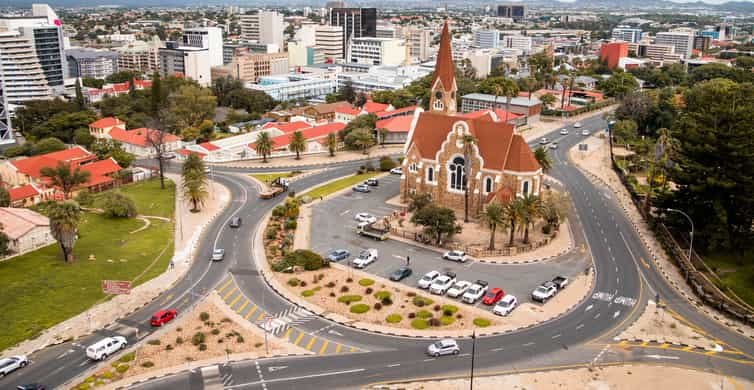
16. Mozambique — 799,380 sq km
Gas reserves, fertile land and a long coastline. Future growth linked to stability and infrastructure.
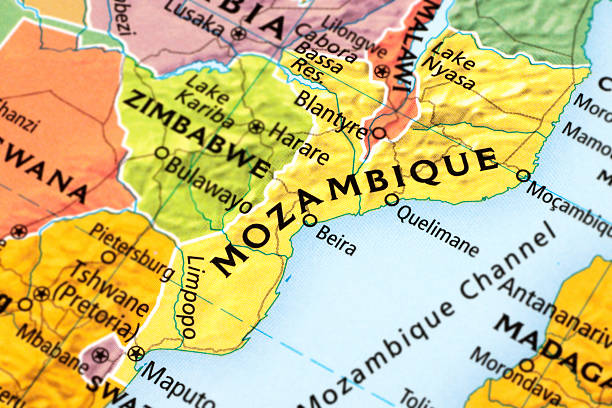
17. Zambia — 752,618 sq km
Copper powerhouse expanding agricultural and energy-transition metals production.

18. South Sudan — 644,329 sq km
Oil reserves and rich waterways shine as one of the world’s fastest-growing economies. Peacebuilding and governance remain essential priorities.
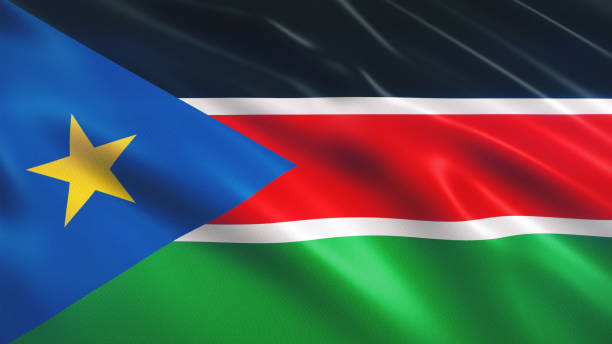
19. Somalia — 637,657 sq km
Strategic position along the Indian Ocean and Gulf of Aden. Fisheries, ports and reform momentum gaining attention.
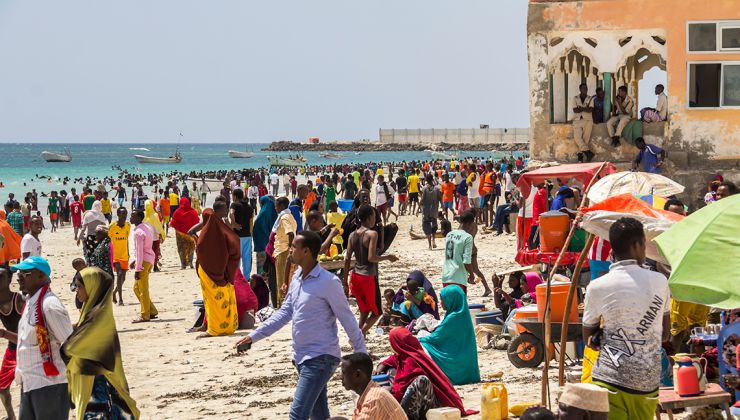
20. Central African Republic — 622,984 sq km
Rich in minerals and forest resources. Path forward tied to stability and global investment partnerships.
